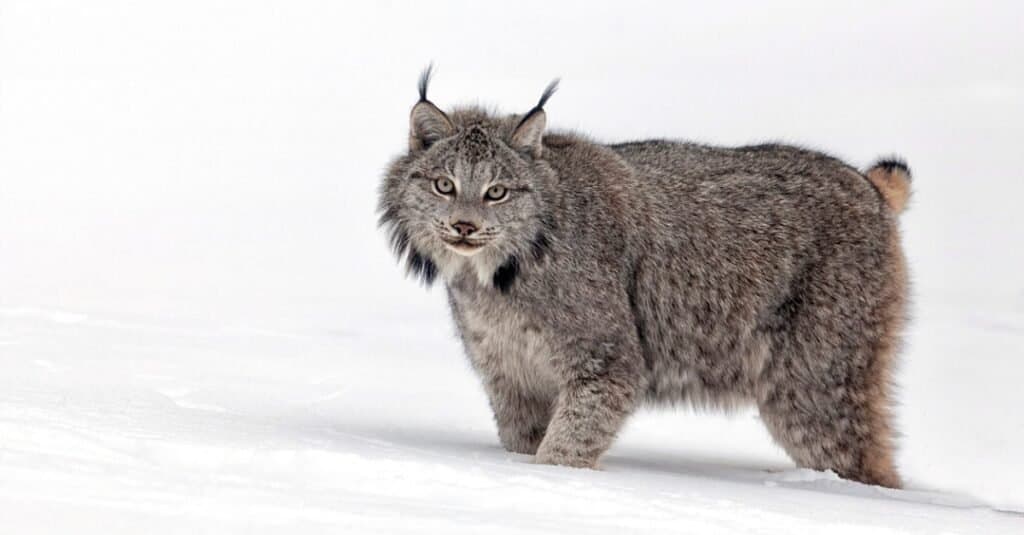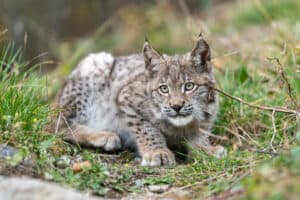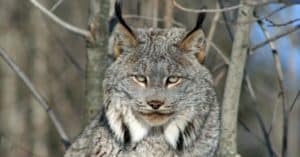Captured at the Whiteshell Provincial Park in Manitoba, Canada, this wonderful clip shows a lynx emerging from a pond and shaking water from its paws one at a time. These elusive creatures are usually very hard to spot in Manitoba and avoid human company. However, a recent rise in numbers is thought to be the reason for several sightings in the last few years. Their numbers also follow the rise and fall in snowshoe hare populations. The number of lynx rises and falls cyclically.
Now Watch the Action
Where Are Canadian Lynx Normally Found?
The Canadian lynx, Lynx canadensis, is found throughout Canada. They are also found in western Montana and parts of Idaho and Washington. There are small populations in Utah and New England and some sightings have been reported in Oregon, Colorado, and Wyoming.
Their preferred habitats are mature forests with dense undergrowth. However, they have also been spotted in open forests and rocky areas as well as tundra. They can grow up to around 26 inches in length and can weigh up to around 38 pounds.
How Do Canadian Lynx Normally Behave?

Canadian lynx are usually solitary animals.
©iStock.com/Lynn_Bystrom
These are solitary animals. They have territories although these may overlap in some cases. Apart from during the winter breeding season, they tend to avoid each other. They have excellent eyesight and hearing which allows them to spot their prey. They usually hunt at night by stalking the target animal and then pouncing. Some have been seen waiting to ambush their prey for hours. They nest in dens under rock ledges or fallen trees.
What Do Canadian Lynx Normally Eat?
These guys are obligate carnivores so they need to catch prey to survive. There is no doubt that the snowshoe hare is their main prey. This explains why the populations of the two species are also so closely interlinked. The cycles of growth and decline fluctuate in a 9-to-10-year pattern. In some areas, including Cape Breton Island, lynx feed exclusively on the hares. In other areas, they are not so reliant on this species. Instead, they hunt birds, rodents, and even fish.
In the fall and winter months, some large lynx can kill deer that have been weakened by the rutting season.
Young Canadian lynx can occasionally be targeted by larger carnivores such as wolves and bears. They are classed as threatened by the US Fish and Wildlife Service and are endangered in the state of Michigan.
The photo featured at the top of this post is © Felineus/Shutterstock.com
Thank you for reading! Have some feedback for us? Contact the AZ Animals editorial team.







